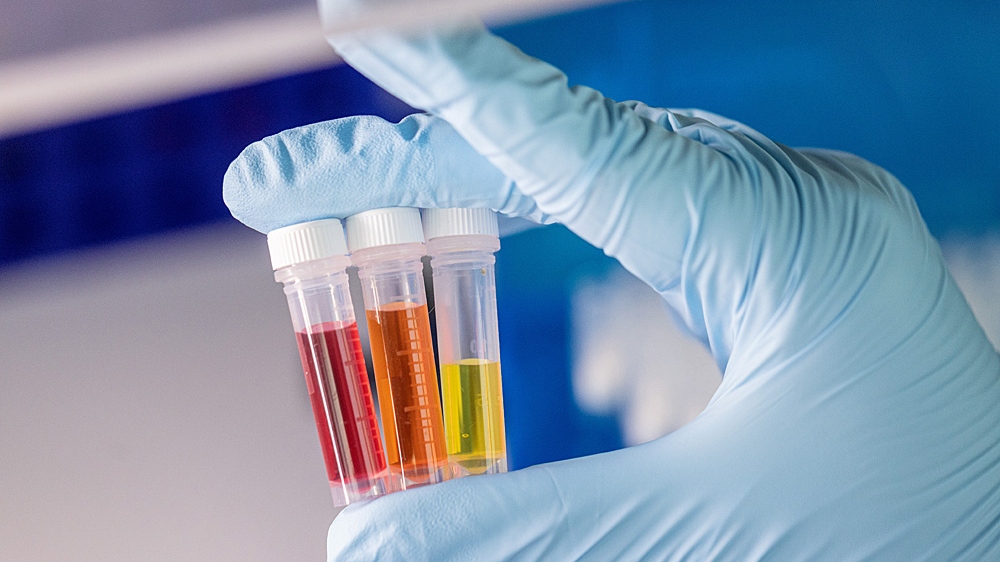What Are In Vitro Diagnostics and Why Are They Important?
By the bioMérieux Editors | Reading time: 1 min 30s
PUBLICATION DATE : DECEMBER 15 , 2022
Influencing an estimated 70% of healthcare decisions, diagnostic tests play an invaluable role in mitigating disease worldwide. Diagnostics provide health systems with essential information to help manage diseases, whether infectious or not. It is important to understand that there are many different types of diagnostic tests and methods that support healthcare in different ways.
Understanding Different Types of Diagnostics
As stated by the World Health Organization (WHO), diagnostic tests are becoming increasingly important. Diagnostic techniques used in human healthcare are classified as either in vivo, which includes the use of devices such as stethoscopes, blood pressure devices, or ultrasounds, or in vitro, such as biochemical, pathology, or microbiology tests.
The term, in vivo, is Latin for “within the living”. As defined by Medical News Today, in vivo diagnostic tests are conducted within the body and provide valuable information regarding the effects of a particular substance or disease progression in a whole, living organism. In vivo tests are commonly used in animal studies to assess the safety of emerging medical treatments. They are also used in clinical trials, often a gateway between in vitro testing and human consumption.
The term, in vitro, is Latin for “in glass”, and it describes medical procedures, tests, and experiments that are performed outside of a living organism, such as in a petri dish, test tube or more complex equipment. In vitro techniques can be used in both clinical and industrial settings. In clinical context, in vitro diagnostics (IVDs) are used to detect diseases, conditions and infections. These tests may be done in laboratories, healthcare facilities, or even at home.

Because they represent the entry door to effective care or treatment, in vitro diagnostics (IVD) hold a special place in the healthcare sector. Used at all stages of the healthcare process and throughout life, they provide healthcare professionals with essential information to screen and diagnose a patient's state of health, prevent and monitor disease, and follow up on treatments. They are also crucial for epidemiological surveillance purposes.
IVD Accessibility is Vital to Mitigating Disease
There are an estimated 40,000 products available today for in vitro diagnostic testing, covering a wide range of conditions, including laboratory-based, point-of-care, and point-of-patient care tests.
Although there are many IVD products and significant progress has been made over time, there is still a gap in accessibility of diagnostics across the globe. Surveys in multiple countries, particularly in low- and middle-income countries (LMICs), have shown limited availability of essential tests at the primary care level. Without the ability to successfully identify the cause of an infectious disease, it becomes very challenging to provide adequate patient treatment. As stated by the WHO, “IVDs are essential for good health outcomes and are critical in both everyday medical practice and emergencies.”
Ensuring global utilization and accessibility of IVD testing is urgently needed to help mitigate the spread of disease. To promote the use of IVDs and improve accessibility on a global scale, the WHO has established programs and initiatives such as the WHO Procurement Service, intended to aid accessibility to tests kits for diseases such as HIV at a reasonable cost, and the Model List of Essential in vitro Diagnostics (EDL),a list of recommended IVD tests for point-of-care in the community and the laboratory that should be available in all countries.
It is important that efforts to support and improve diagnostic accessibility are prioritized globally. “Testing affects the majority of medical decisions,” says Dr Mariângela Simão, WHO Assistant-Director General for Access to Medicines and Health Products. “In all countries, the use of appropriate diagnostic tests can help inform evidence-based treatment and responsible use of medicines, resulting in improved allocation of resources and better health outcomes.”
SHARE THIS:
- News and Trends
< SWIPE FOR MORE ARTICLES >




